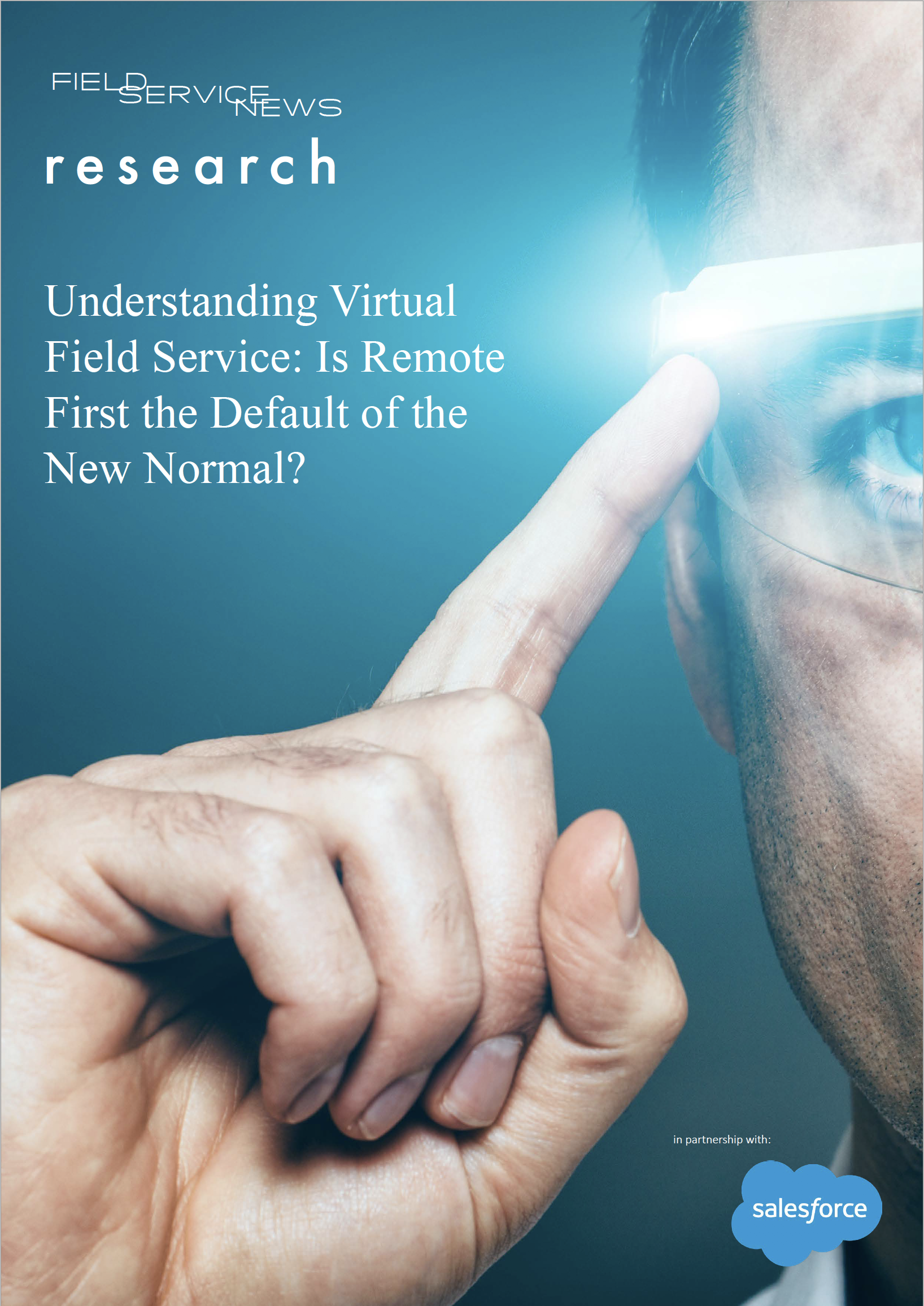One of the undeniable impacts of the COVID19 pandemic has been the shift towards far more widespread use of remote service delivery. However, as with any such industry-wide adoption of new technologies and processes, we have still yet to clearly define what this could mean for the field service sector at large.
Now, in a new series of features on Field Service News Research, we reflect on the findings of an exclusive new study in this area conducted in partnership with Salesforce. Before we get into the analysis of the findings, let’s take a moment to understand the context of the study.
The history books will show 2020 to be a truly historic year. Today, as we live amid the maelstrom of ongoing issues we all face, in both our personal and working lives, the story of the year is very much of hardship and unprecedented challenges.
Yet, let’s take a moment to step out of the present and look beyond the constant barrage of issues we face. If we stop to see the wider picture, the story of 2020 is as much a story of innovation and ingenuity as it is of pandemic and lockdowns. The story of 2020 is the story that has flowed throughout the history of mankind; it is a story of standing tall in the face of adversity and finding new ways to continue.
That story is no more evident anywhere than within our sector. In field service, we have long understood that it is our field service technicians and engineers who are the unsung heroes of industry, quietly keeping the world turning, keeping the lights on and making sure everything just works. We had known this long before the term ‘essential workers’ became part of our everyday lexicon, where field service workers, alongside frontline medical workers, delivery teams and others were rightly acknowledged for their role in helping us get through the hardships we faced.
The digital transformation projects that had been neatly planned and scheduled for seamless implementation across a period of years suddenly became accelerated with timeframes reduced to months, in some cases weeks, out of sheer necessity.
For our part, as field service managers and leaders, we had to rethink the old processes that had served us so well for so long, and we had to do it on the fly. The digital transformation projects that had been neatly planned and scheduled for seamless implementation across a period of years suddenly became accelerated with timeframes reduced to months, in some cases weeks, out of sheer necessity.
Overcoming new challenges that most of us had never even considered, like protecting the rapidly, yet carefully arranged bio-security of our clients and delivering service in a zero-touch environment, became urgent priorities almost overnight. The most direct result of responding to these challenges being the rapid, widespread adoption of remote service delivery tools.
These were tools that at the beginning of the year, were primarily only used by organisations that would distinctly fall within a best-in-class category when it comes to service delivery. Now, as we approach the end of 2020, these are tools that have become commonplace.
However, the truth is that whenever there is such rapid mass adoption of new technologies and processes as we have seen with the move to remote service delivery in 2020, there will be teething problems, disparities and of course broader considerations as to what this shift may mean for the field service sector as a whole.
In essence, the adoption of remote service delivery was an answer to a significant problem we faced as a result of the pandemic and subsequent lockdowns. However, as is often the case having found that initial answer, we have now revealed further questions that need our attention:
- Should we move towards a remote-first approach to service delivery as a default?
- What exactly does remote service delivery mean?
- Will the effectiveness of how we deliver remote services become a crucial differentiator moving forward?
These questions and more are crucial to understand as we begin to move forward into the new normal.
To try and find out more about how the field service sector is responding to these questions, Field Service News Research in partnership with Salesforce has undertaken a highly focused research study, talking to over 140 field service management leaders across the world, from a variety of different industry verticals and companies of all sizes ranging from the Enterprise to SMBs.
Across the following pages, we will begin to take a look at the key findings of this study and outline the important early trends of this essential emerging conversation.
 Want to know more?
Want to know more?
You can find the full paper in the premium resource library













